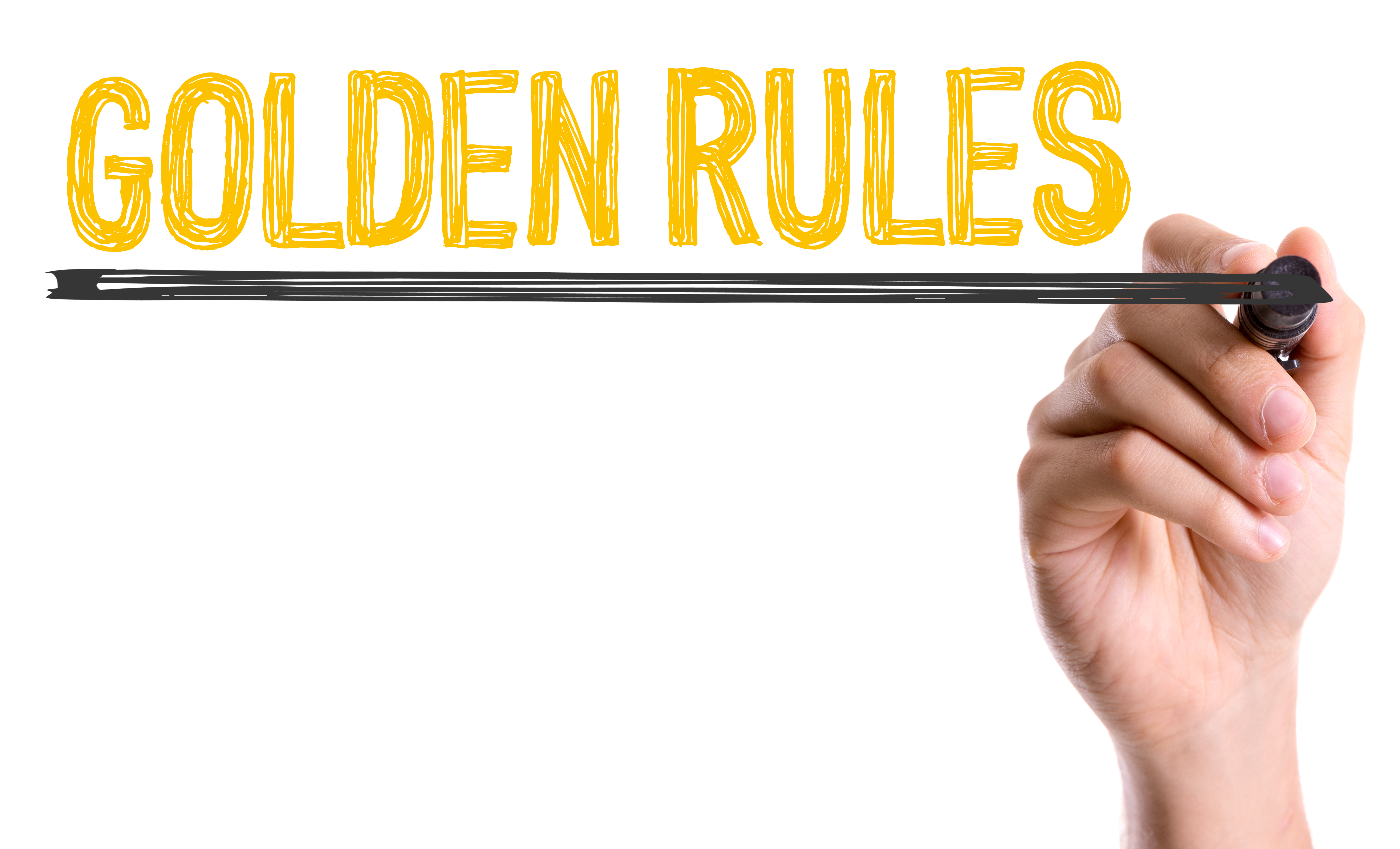6 Golden Rules for Buying Shares for Income
As we get older it is prudent to reshape our portfolio. As youngsters we can afford to take risk. If we buy into a company that goes bust, we can always earn some more cash and try again. Our priority is capital growth as we seek to buy bigger houses, pay wretched school fees and ultimately create as large a nest egg as possible for that great day when we stop work. The older one gets the less risk you can afford and when you do hit retirement, hopefully, with a large nest egg, the priority is to generate income from the nest egg and that means buying shares that offer a good dividend yield.
The yield on a share is the dividend paid divided by the share price. Given that shares are inherently more risky than leaving your cash in the bank they should offer a higher reward, a greater yield than interest rates. And they do. The yield on the FTSE 100 is around 3%. Not great but better than either a kick in the teeth or what you would earn in the bank. But with reward comes risk so what are the golden rules for investing for income via shares.
- Spread your risk among at least a dozen shares across multiple sectors. Even what seems the safest income play can come awry. You cannot go wrong with BP you might think but twice in the past three decades it has had to slash its payout – once when oil prices collapsed and once when it had a spot of bother in the Gulf of Mexico.
- If a yield looks just too good to be true it almost certainly is. The market is pricing in a dividend cut or some other problem. Right now, anything yielding over 8% has to be suspect, when a yield heads over 10% you just know something is wrong. If the dividend is cut not only will you see your income stream reduced but the share price will almost certainly fall as well.
- Beware of companies that have a vast amount of debt. Vodafone has said today that it will maintain its dividend but with £46 billion of debt if it has any operational mishaps that may change. It is dancing on a knife edge. The fact that the shares yield 7% – i.e. more than twice the FTSE 100 average is a sign that the market is not so sure about the safety of the payout.
- Avoid companies where dividend cover is low. Dividends are paid out of post-tax profits (or earnings) so if you see that the dividend per share is less than twice covered by earnings per share you may wish to tread with some caution. Most companies aspire to dividend cover of at least two. If a company has cover of less than two across an average of several years it might be deemed to be “over-distributing” and come under pressure to be more prudent.
- Beware of high yielders where there is a great unknown. For many years, tobacco stocks offered good yields. They generated lots of free cash so could afford to pay big dividends but for obvious reasons the sector was not seen as a growth one. Then came real health worries, the threat of massive litigation and, as such, the potential unknowns made the potential risk not worth the reward however much of a premium yield the shares appeared to offer.
- Stick to FTSE 100 or maybe FTSE 350 stocks. There are plenty of companies in the FTSE 350 offering yields of 4%-5% where the pay-out looks not only safe but should be progressive. As an income investor but in your “golden years”, your prime concern must be to ensure you do not lose capital so there is no need to speculate on smaller companies which are inherently more risky even if they do pay a dividend




